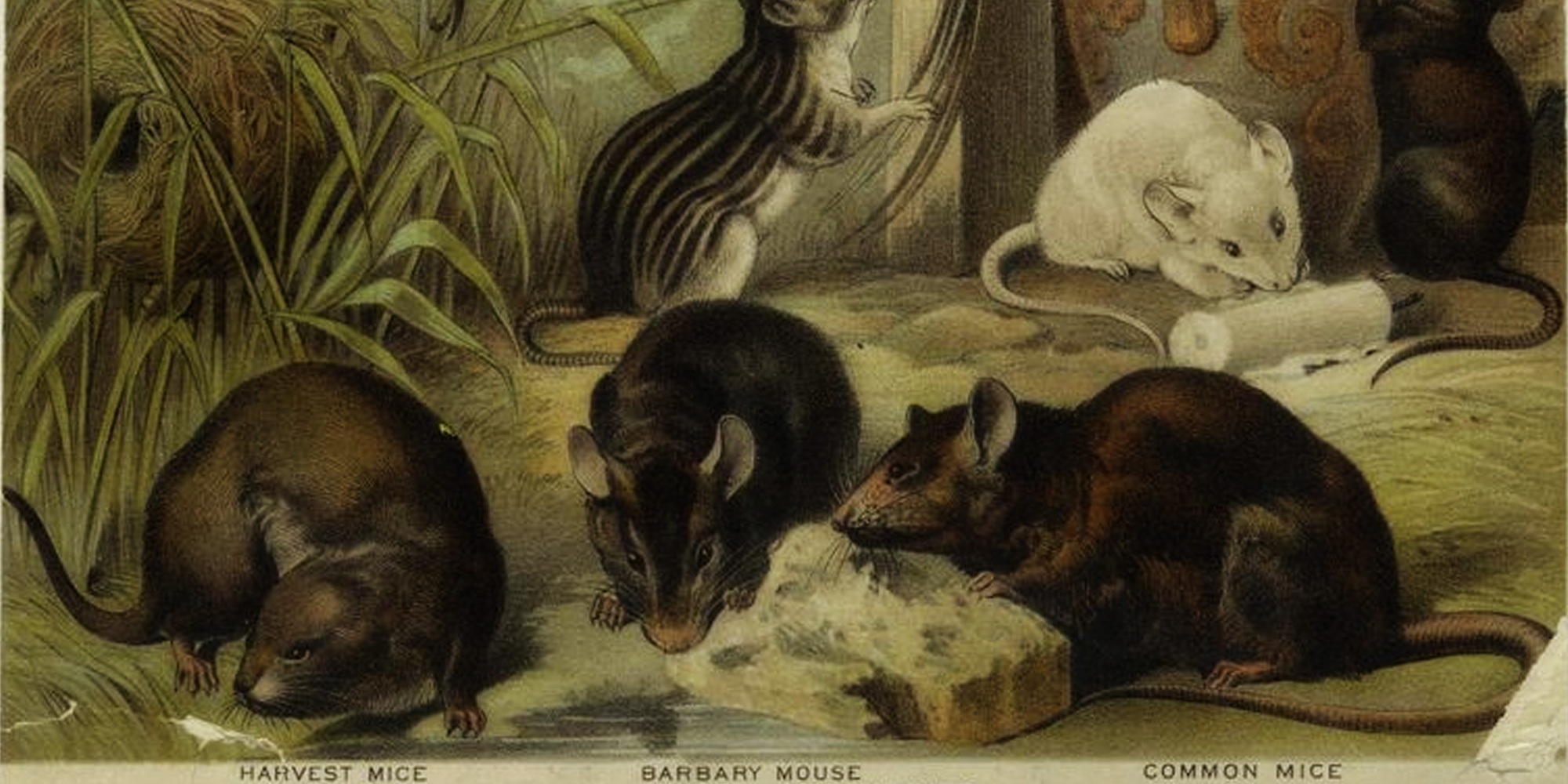Rodent damage can be a major issue in spring. But can you do anything about it?
Rodents can be a real problem. Mice, squirrels, and rabbits are the most common culprits, but other rodents like beavers and muskrats are equally problematic.
So why do these rodents go after our plants, and only some of them? These rodents eat plant material. Though not all of them commonly eat woody plants, the more sparse food gets in the winter, the more desperate the animals are to eat. Years where the snow is high are most common for rodent damage since food can be very hard to find. Though the bark of plants isn't always that appetizing, it does offer food for the rodents.
When rodents eat the bark on plants all or most of the way around, it's called girdling. Since the sap of the plant only runs under the shallow area just under the bark, the process of girdling a plant is like severing our arteries at our heart. Without sap flow, the plant cannot live.
So about about using pruning paint or something else to save the plant? Alas, it doesn't do anything to repair the damage that has been done. Short of very rare and mostly academic processes like bridge-grafting (sort of like open-heart bypass surgery for a tree), nothing can undo the damage that has been done. However, it's not to say the plant will die. Shrubs can often be hacked back to the ground by removing all the girdled branching and the roots will try and send up new shoots to replace the girdled branches and recover over time. The same will work for trees, though the tree most often ends up as a multi-stem plant and after many, many years.
To generalize - shrubs can come back by cutting them back. Trees can recover, but it will take time, often years. Some plants like apples or fruit plants which are grafted, typically cannot recover and be true to form - in essence you end up with a non-producing fruit plant.
Can this all be prevented? Yes, it can, but it takes pre-planning. Products like Skoot which are painted on the bark of young plants in the fall work excellent against most rodents. Beavers become the only issue in high water, but they can be prevent in high-risk areas by creating wire barricades around your trees. Typically this is overkill for most places, but it will work if you know your plant will be flooded near a waterway with beavers in there. Plastic wraps can also work quite well as a deterrent but they should be removed during the growing season as not to constrict growth.
In the end, it's all part of nature. At the nursery, we lost quite a few plants in our show garden to rodents, like our Manchu Cherry and some of our weeping crabapple to rodents. They will recover, but won't look as nice this year. In our trees, the beaver feasted on at least four maples, two oaks, a crabapple, and a couple locusts. Though the locusts and crabapples may pull through, the maples are mere stumps. In the end, we'll plant the remaining sumps someplace and a maple grove will exist in 30-40 years. Such is the will of Mother Nature.

